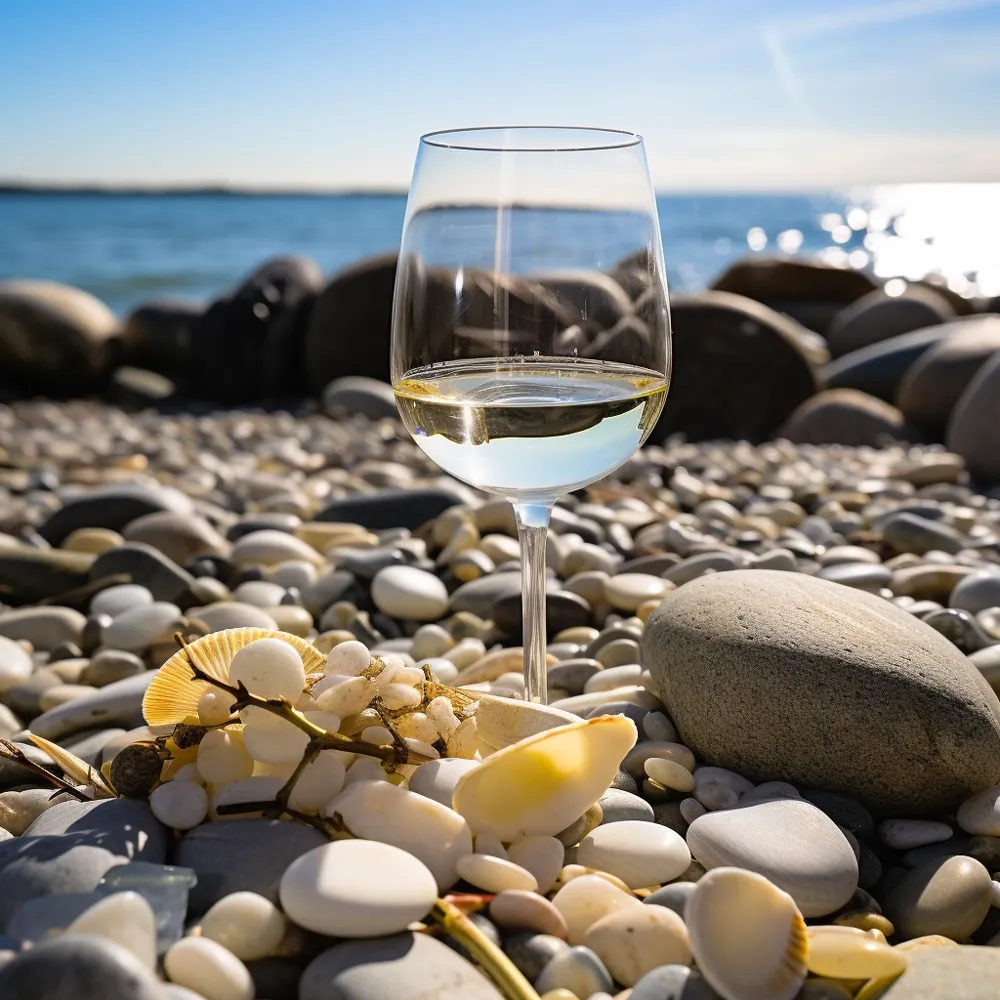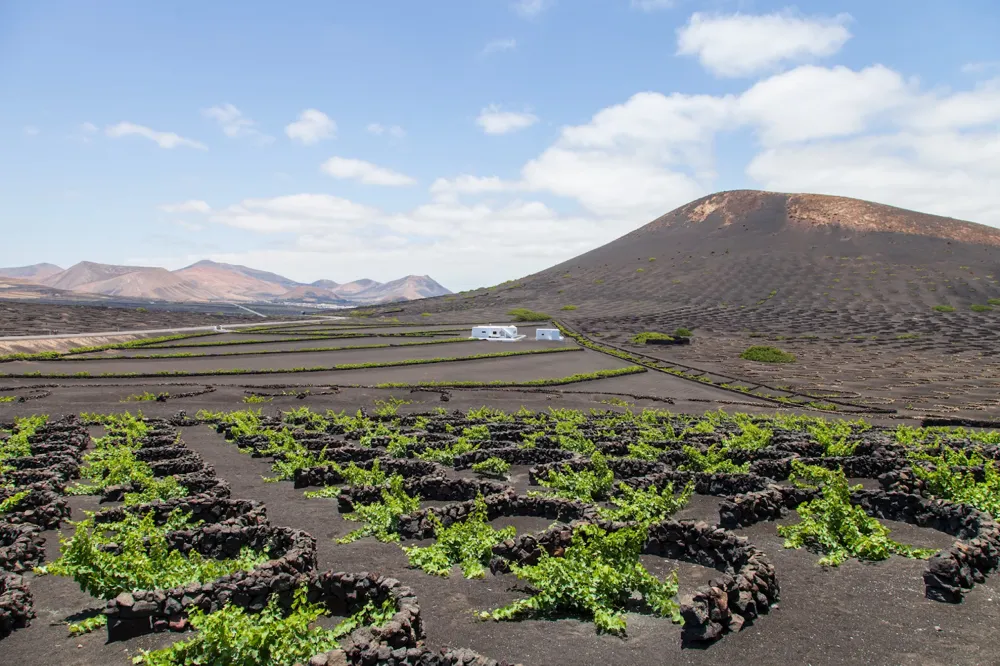What is Minerality in Wine
Minerality, a common yet mysterious term frequently used in wine descriptions. Understanding minerality gives you the right of passage from a wine novice to a wine connoisseur. Some perceive mineral-driven wines as superior to fruit-forward, beginner-friendly wines. But what exactly is minerality in wine, and where does the minerality in wine come from?
We will decode the mystery behind minerality, level up your understanding of wine and enhancing your wine-tasting experience.

Defining Minerality
When asked about minerality, wine experts may offer varying explanations, as there's no precise definition. Generally, most in the wine community would agree that minerality refers to flavors and aromas reminiscent of minerals or earth, such as rock or stone. It differs from the primary fruit, floral, and spice characteristics associated with wines.
It's important to distinguish between minerality and the terms 'forest floor' and 'earthy'. These terms are specifically referring to flavors and aromas linked to living organisms found in nature.
What Does ‘Minerality' Taste Like?
Minerality in wine can be both prominent and subtle, often associated with flavors and aromas related to rocks and stones. Flint, slate, wet stone, gravel, fossils, chalk, and even asphalt are common descriptors. It can also encompass tastes and smells related to the sea, like oyster shell or a saline character.
These indicators of minerality are commonly used in the tasting notes of wines. Additionally, minerality contributes to a wine's overall structure and mouthfeel, making it feel vibrant, lean, and occasionally austere.
Where Does Minerality Come From?
One challenge in defining minerality is the absence of well-defined chemical and sulfur compounds in scientific studies directly associated with the term. Unlike compounds responsible for fruity or floral aromas, there isn't a clear set of chemical markers for minerality. Be that as it may, when talking about minerality, wine experts and winemakers often attribute minerality to terroir. It is believed that specific combinations of soil, climate, and topography in a specific vineyard can lead to mineral aromas in wine.
The minerals present in the soil, such as limestone, slate, or volcanic rocks, can impart distinct mineral notes to the grapes. The minerals absorbed by grapevines can affect the acidity and pH of the grapes, which, in turn, can influence the taste of the wine. These elements are absorbed by the vines, ultimately influencing the taste and aroma of the wine.
Winemaking techniques, such as the use of concrete or stainless steel tanks, can also influence the perception of minerality. They are classified as neutral vessels so they generally do not impart flavor directly. However, they are loved by winemakers around the world as they can contribute to the overall texture and mouthfeel of the wine.

Wines Known for their “Minerality”
Minerality is a signature descriptor of wines from specific regions. Contrary to a general misconception that only white wines can be mineral, examples from red wines abound. Regions such as Mount Etna in Sicily, Priorat, and the Canary Islands in Spain produce red wines celebrated for their minerality. Here are notable examples of mineral-driven wines.
Chablis
Chablis, located in Burgundy's northernmost wine region, is famous for producing Chardonnay wines that exemplify minerality. The chalky Kimmeridgian limestone soils give the wines the flavors of chalk or wet stone, resulting in a sharp and lively profile. The cool climate of the region helps produce lean wines, allowing their mineral notes to come forward. Chablis wines are known for their high acidity, citrus aromas, and a strong mineral backbone.
Chablis Wine to Try:
Loire Valley Sauvignon Blanc - Sancerre, Pouilly-Fume
The Loire Valley in France is known for its Sauvignon Blanc wines with a distinct minerality. You will find the most striking expressions in Sancerre and Pouilly-Fumé. The vineyards there are planted on limestone, flint, and clay soils, which contribute to the wines' flinty flavors.
Sauvignon Blancs from Sancerre and Pouilly-Fumé are recognized for their vibrant acidity, zesty citrus, and herbaceous flavors. However, what will excite your taste buds is their prominent minerality.
Loire Valley Sauvignon Blanc to Try:
Assyrtiko from Santorini, Greece
Assyrtiko is a white grape variety native to Greece's volcanic island of Santorini. It flourishes in the island's distinctive environment. The minerality of Assyrtiko wines is enhanced by volcanic soils made of ash and pumice. Assyrtiko stands out for its crisp acidity, salinity, and distinct minerality.
Assyrtiko Wine to Try:
German Riesling - Mosel, Rheingau
The German wine regions of Mosel and Rheingau are known for producing outstanding Riesling wines that beautifully showcase their terroir. The minerality inherent in Mosel Rieslings is influenced by the steep slopes along the Mosel River with their slate-rich soils. The various soils of Rheingau also provide a mineral quality to its Riesling wines. These wines have bright acidity, flowery aromatics, and a distinct minerality.
German Rieslings to Try:
Priorat, Spain
Priorat, located in Catalonia, Spain, is famous for its powerful and robust red wines with exceptional minerality. The llicorella soil, a unique blend of slate and quartz, gives the wines a mineral flavor. Priorat reds are full-bodied, distinguished by strong black fruit aromas, robust tannins, and a distinct minerality that adds depth and complexity.
Priorat Wine to Try:
Etna Rosso and Bianco
Etna wines are produced on the slopes of Mount Etna in Sicily, Italy. The vines are grown on the volcanic soils that surround the active volcano. The combination of volcanic ashes from different eruptions and rich minerals enhances the minerality of the wines.
The Nerello Mascalese grape variety is primarily used for Etna Rosso wines. It resembles Pinot Noir in many ways. Etna Rosso exhibits vibrant red fruit flavors, lively acidity, and an unmistakable volcanic minerality with a hint of smokiness.
Etna Bianco, made primarily of the Carricante grape, exhibits mineral salinity and umami flavors. Drinking Etna Bianco will immediately transport you to the volcano and the sea.
Etna Rosso to Try:
Canary Island, Spain
The Canary Islands, a Spanish archipelago off Africa's northwest coast, produce red wines with a particular minerality. The volcanic soils of these islands, particularly on Tenerife and Lanzarote, give the red wines distinct characteristics. These wines frequently include red fruit notes, earthy undertones, chalky minerality, and a saline minerality. They are the ultimate representation of the islands' volcanic heritage.
Canary Wine to Try:
Sylvia Ba



